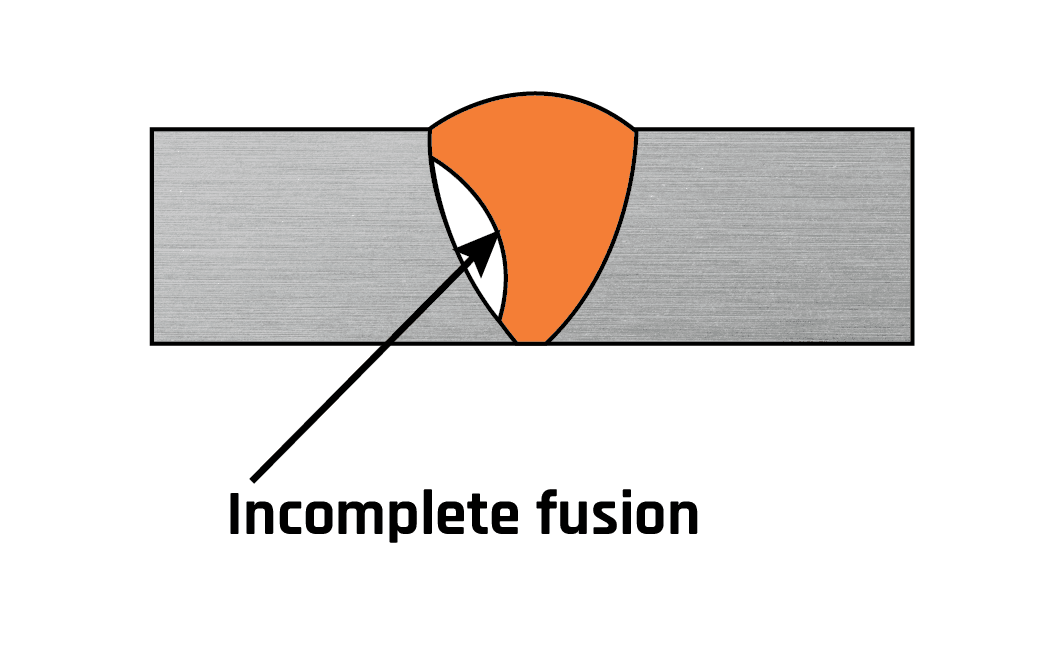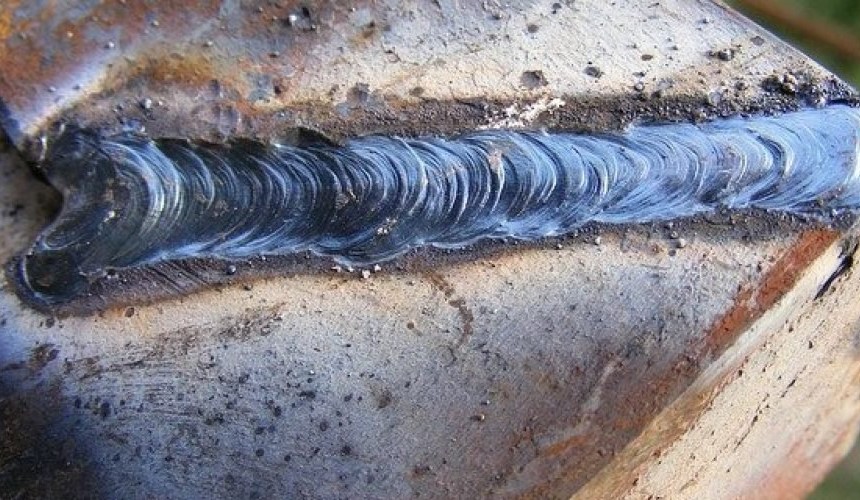Preventing Weld Undercut Demystified: Methods for Success
Preventing Weld Undercut Demystified: Methods for Success
Blog Article
Understanding the Causes and Solutions for Undercut Welding in Metal Fabrication Processes
In the realm of metal fabrication processes, the occurrence of undercut welding positions a considerable obstacle that requires a comprehensive understanding of its causes and viable solutions. The intricate interplay of various factors throughout welding procedures can lead to this undesirable sensation, influencing the architectural stability and general high quality of the welded joints - Preventing weld undercut. By dissecting the origin creates of undercut welding and exploring effective therapeutic actions, producers can raise the standard of their workmanship and make certain the manufacturing of perfect metal components
Common Sources Of Undercut Welding
Regularly neglected in metal manufacture, undercut welding happens because of various variables that demand precise attention and proficiency to be properly alleviated. One typical reason for undercut welding is extreme heat input. When the warmth input is expensive, it can lead to the melting and succeeding disintegration of the base material along the sides of the weld joint, creating a groove or undercut. In addition, incorrect welding strategies, such as utilizing the wrong welding angle or take a trip speed, can likewise add to damage development. Inadequate securing gas coverage is an additional essential variable that can result in damaging. Insufficient gas insurance coverage stops working to safeguard the weld pool adequately, causing oxidation and undercut defects. In addition, the choice of welding specifications, such as voltage, current, and cord feed speed, plays a considerable duty in the occurrence of undercut welding. Recognizing these usual causes is vital for implementing precautionary procedures and ensuring premium welds in steel fabrication procedures.
Effect of Incorrect Welding Parameters
Unreliable welding criteria can dramatically endanger the honesty and top quality of bonded joints in steel construction processes. The effect of incorrect welding parameters manifests in various means, bring about architectural weak points and problems in the welded components. One crucial aspect influenced by inappropriate welding criteria is the penetration depth of the weld. Insufficient warmth input as a result of low welding currents or excessively high traveling rates can result in inadequate fusion in between the base metals, leading to insufficient joint penetration and weakened bonds. Conversely, too much warm input caused by high welding currents or slow-moving traveling speeds can bring about burn-through and too much reinforcement, developing a fragile and unstable weld framework. Furthermore, wrong criteria such as improper voltage setups or inaccurate electrode angles can contribute to unpredictable weld bead accounts, lack of blend, and enhanced chances of flaws like damaging. Precise attention to welding specifications is paramount to make sure the manufacturing of premium welds with the wanted mechanical homes and architectural integrity.
Effect of Improper Torch Angle
Inappropriate lantern angle in welding operations can significantly impact the top quality and honesty of the last weld joints in metal fabrication procedures. Damaging is a typical welding problem where a groove forms along the weld toe, weakening the joint and compromising its architectural stability.
A lantern angle that is as well high can cause inadequate penetration, insufficient blend, and boosted spatter. On the other hand, a torch angle that is also superficial can lead to excessive infiltration, burn-through, and distortion of the base material. Preventing weld undercut. Appropriate torch angle is crucial for making certain constant weld high quality, strength, and look
To stop undercutting and various other flaws brought on by inappropriate torch angles, welders must be educated to preserve the correct lantern angle throughout the welding process. Normal tracking and adjustment of lantern angles during welding can aid attain audio welds with minimal issues.
Duty of Inadequate Welding Methods

An additional facet of poor welding methods is incorrect weld prep work. Insufficient cleaning of the base metals, wrong joint design, or not enough side preparation can all contribute to damage welding. Insufficient protecting gas coverage or using the incorrect kind of gas can result in incomplete fusion and the development of undercut flaws.
To deal with the role of poor welding methods in metal fabrication procedures, it is important to supply comprehensive official site training for welders. Appropriate education and learning on welding specifications, joint preparation, and securing gas choice can help protect against undercut welding and make certain top notch welds in metal manufacture jobs.
Effective Solutions for Undercut Welding
Resolving undercut welding in metal manufacture needs executing reliable options to enhance weld top quality and structural honesty. One of the key services to battle undercut is to change welding criteria such as voltage, present, and take a trip speed to make sure proper warmth input and fusion. By fine-tuning these setups, welders can prevent extreme melting of the base steel and filler material, lowering he said the possibility of undercut development.
Additionally, appropriate joint prep work is essential in stopping undercut. Guaranteeing tidy base steel surfaces devoid of contaminants and utilizing the proper bevel angle can help promote much better weld infiltration and reduce the danger of undercut - Preventing weld undercut. Using ideal welding techniques, such as oscillating the lantern or weaving, can also aid in distributing warmth equally and filling the weld joint effectively, decreasing the possibility of undercut problems
Moreover, picking the proper welding consumables, including electrodes and filler metals, is vital in alleviating undercut. Making use of products with appropriate chemical compositions and mechanical buildings can contribute to achieving sound welds with minimal undercut. Regular evaluation and high quality control steps ought to likewise be applied to identify and attend to undercut problems promptly, ensuring the total integrity of made metal components.

Conclusion
To conclude, recognizing the reasons and services go to website for undercut welding in steel construction processes is crucial for attaining high-quality welds. By addressing common reasons such as inaccurate welding specifications, improper torch angle, and inadequate welding techniques, welders can avoid undercutting and make sure strong, long lasting welds. It is necessary to pay attention to these variables and carry out reliable solutions to enhance the total welding process and end product high quality.

Report this page